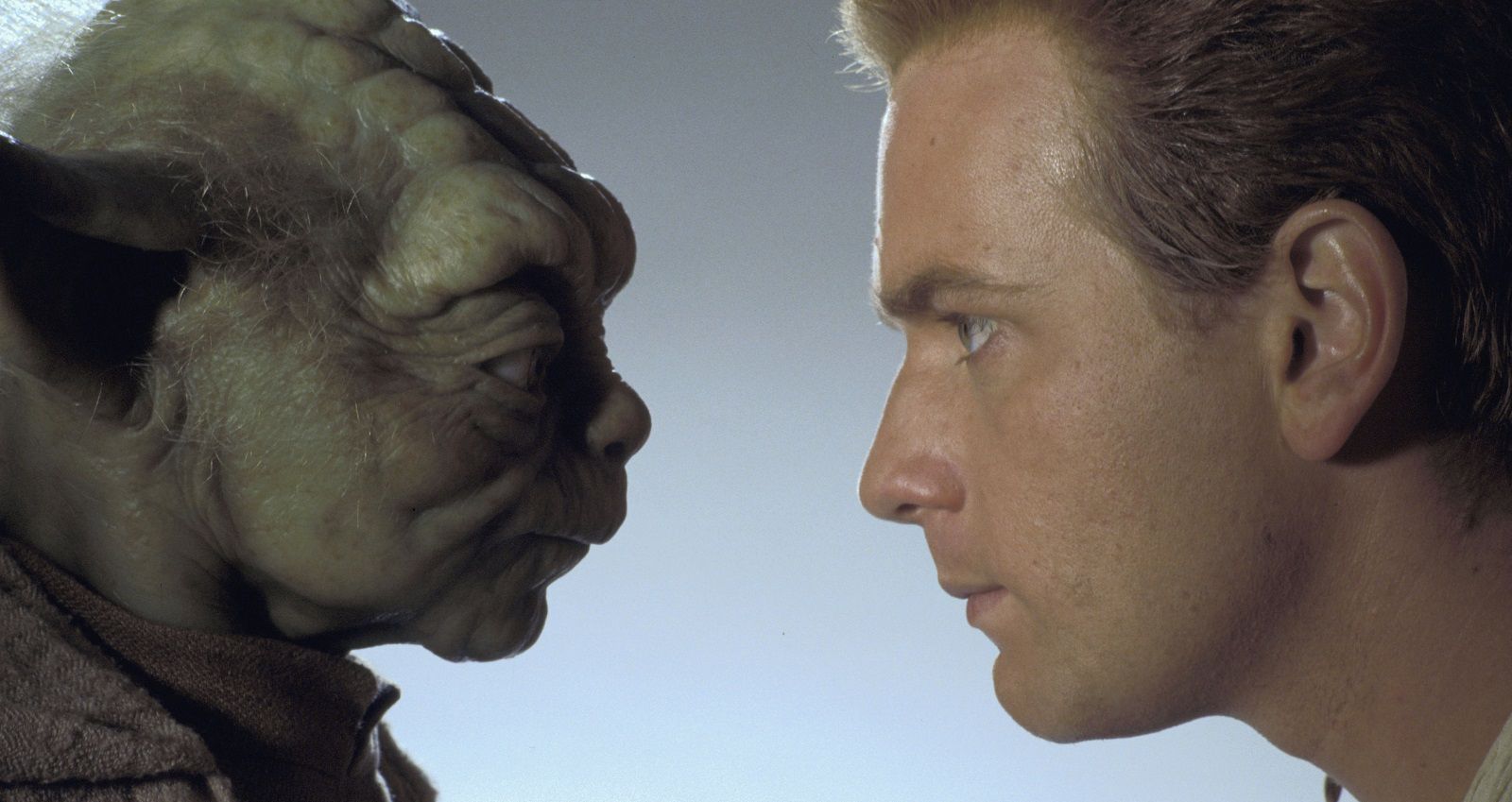
Few characters have contributed more meaningfully to the legacy of Star Wars than Obi-Wan Kenobi. A fixture in the franchise from the very beginning, Obi-Wan (or Old Ben, depending on who you ask) has long been one of the series’ most important and most well-known characters.
As a key player in both the original trilogy and the prequel trilogy, Obi-Wan has the distinction of being one of the few Star Wars characters to be played in multiple appearances by different actors – with Sir Alec Guinness making the character first known as Old Ben Kenobi, and Ewan McGregor bringing the character’s backstory to life in the prequels.
He has also had significant roles in portions of the Expanded Universe, new and old versions, in both animated television series, Clone Wars and Rebels, as well as various comics and supporting novels.
Regardless of the medium in which he appeared, Obi-Wan has shown himself to be one of the most successful, most impressive, and most skilled Jedi of all time – that whole being semi-responsible for the creation of Darth Vader thing notwithstanding.
At the end of the day, Kenobi possessed skills in innumerable areas of the Force, defeated some of the most fearsome Sith of his time, and made a name for himself as a true hero who will never be forgotten.
Here are the 20 Wild Facts About Obi-Wan's Anatomy.
20 He was an expert in Soresu
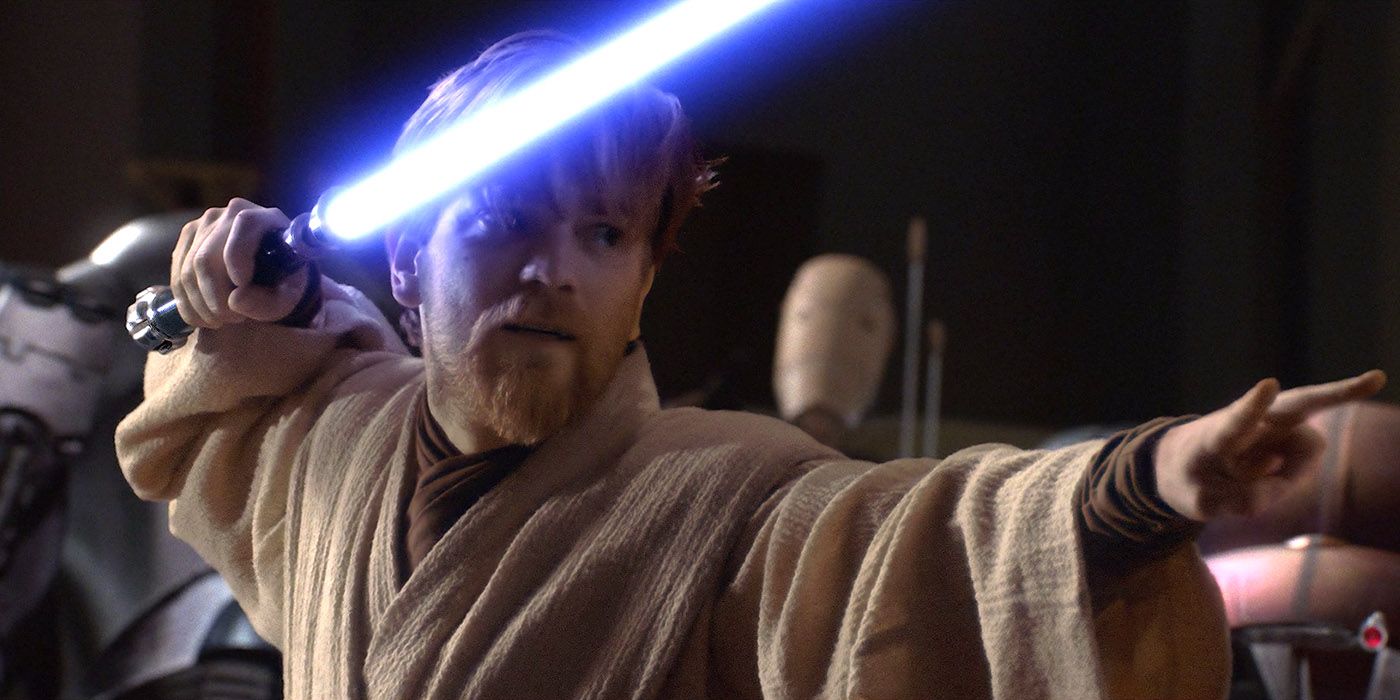
As a Jedi, Obi-Wan was a true pacifist, preferring to disengage a fight rather than engage within one.
When he found himself forced to take part in a lightsaber battle, however, his method of fighting was to use the third of the seven classical lightsaber combat styles - Form III, also known as Soresu.
In this style, the practitioner is more focused upon defending themselves against an aggressive attacker than in attacking their assailant. This would often come in handy against a violent Sith, or any opponent attacking by means of blaster fire.
Soresu required its practitioner to have incredibly fast reflexes, in order to quickly move out of the way of oncoming attacks, as well as swift hand eye coordination when users were required to respond with their sabers.
Other notable Force users who preferred this style included Count Dooku, Darth Vader, and Luke Skywalker.
19 He was also skilled in Jar'Kai
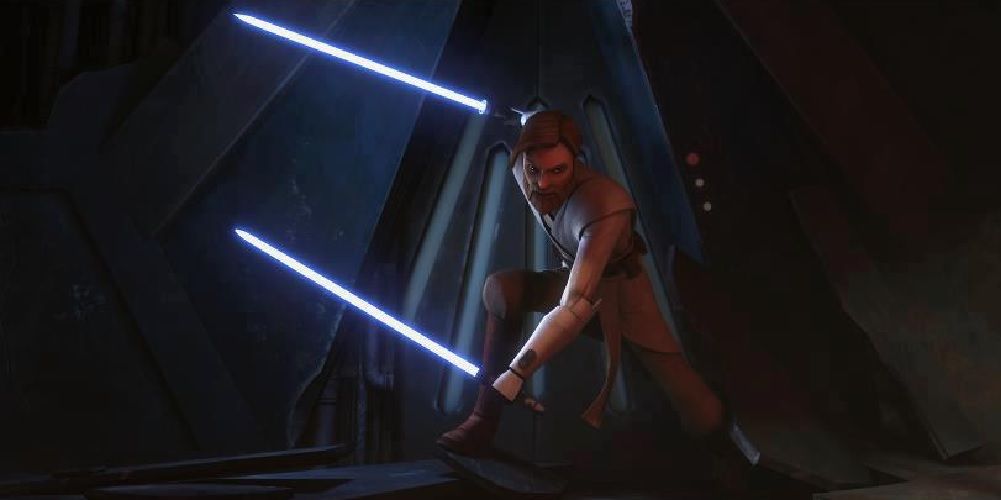
While Soresu may have been his preferred method of fighting, Kenobi also showed on a few occasions that he was gifted in the art of Jar’Kai – also known as fighting with two lightsabers at once.
It was decidedly a more aggressive approach than his traditional preference for the defensive measures of classical Form III of lightsaber combat, and it was practiced by dark and light side Force users alike because of this.
In the current Star Wars canon, noted practitioners of Jar’Kai have included the heroic Togruta Jedi Ahsoka Tano, or the villainous Sith villainess Asajj Ventress.
Kenobi didn’t use this form on many occasions, but when the moment called for it, it was a skill that definitely came in handy.
18 He preferred defensive rather than offensive fighting
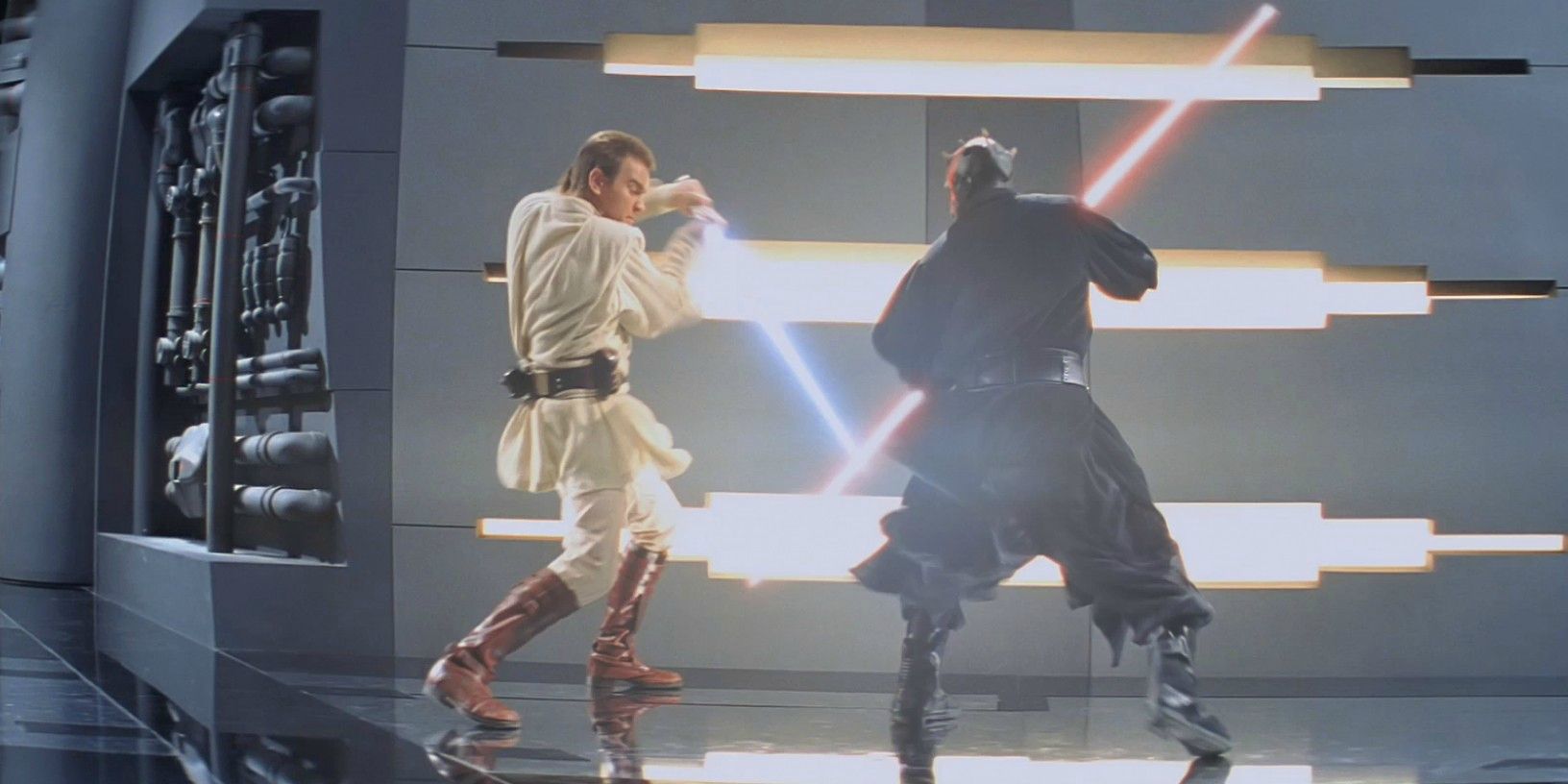
Jedi were known traditionally for being true pacifists. Just listening to any of Yoda’s knowledgeable, wisened with age speeches would have informed anyone of the Jedi’s overall goals of peace and protection.
Kenobi, however, was still a pacifist – to a degree – but was much quicker to temper than some of his fellow Jedi. As Qui-Gon’s padawan, he was impulsive, often thick-headed, and a true problem.
As he aged, however, he grew more pacifistic and more inclined to the traditional defensive ways of the Jedi, his fighting measures protective and aimed at defusing situations rather than worsening them.
It was only fitting, therefore, that Obi-Wan would wind up as the master of the most troublesome padawan in all of Jedi history, Anakin Skywalker.
17 He was able to subdue animals with the Force
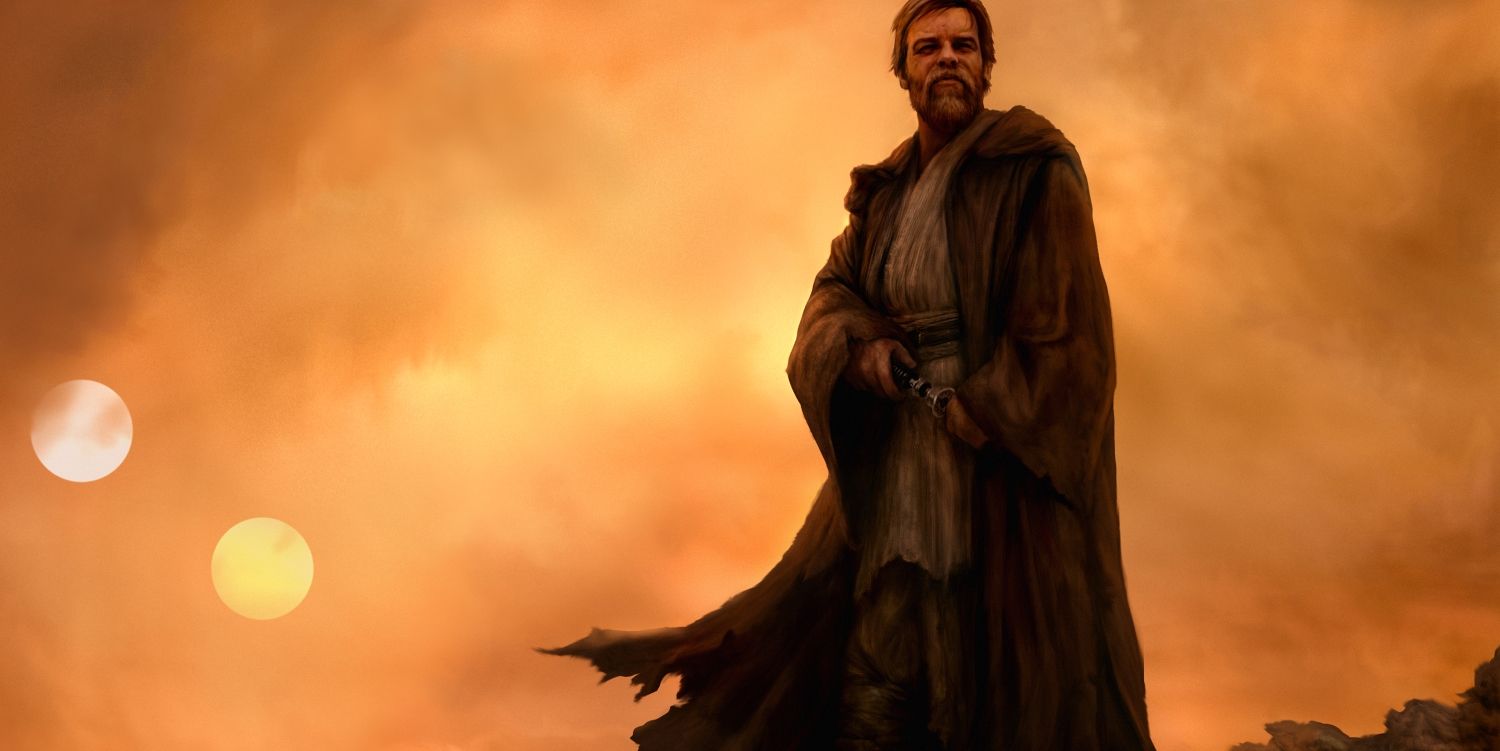
As the movies show, Obi-Wan was quite skilled in the way of Jedi mind tricks, overriding the wills of the weak-minded in order to get them to do whatever he wanted them to do.
This would prove especially useful when it involved calming situations that could have proved violent or otherwise dangerous.
As it turns out, Kenobi was so attuned with the Force that it wasn’t just people he could exert his mastery over. At one point during the Clone Wars, Obi-Wan and his company came under attack by large insect-like beasts known as Gutkurrs, from the planet Ryloth.
Using his powers of manipulation with the Force, Kenobi was able to subdue the beasts and secure his company’s safety.
16 He managed to defeat some of the most violent Sith
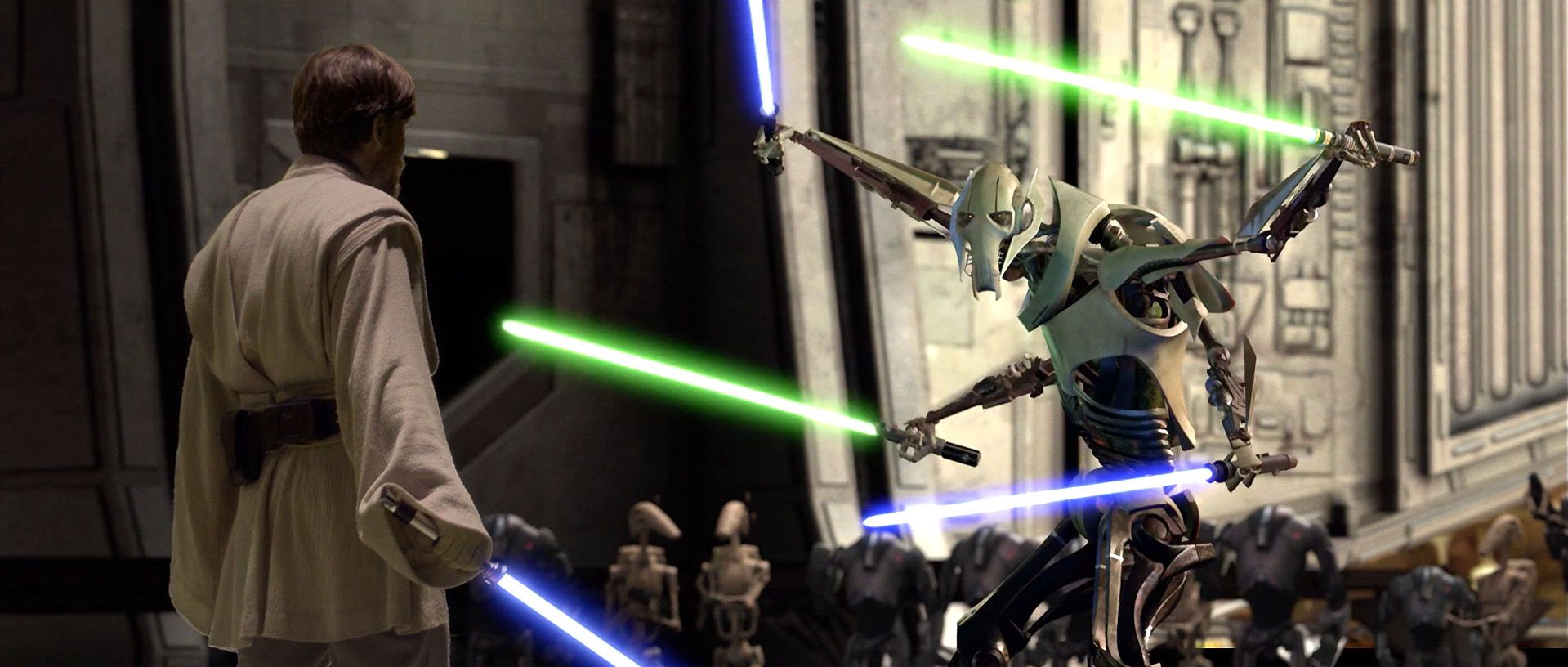
Having the legacy of being one of the most renowned and heroic Jedi wasn’t something that was simply handed over to Obi-Wan Kenobi for no reason at all.
Among his many impressive achievements, Obi-Wan was involved in the defeat of some of the most violent, most skilled of all the Sith fighters in history.
In The Phantom Menace, Obi-Wan was responsible for dispatching of the malicious Darth Maul, who was in turn responsible for Qui-Gon Jinn’s tragic demise. When Maul was brought back to life, Kenobi would once again face off with him, once again leading to his demise.
Likewise, in Revenge of the Sith, Kenobi brought an end to the rein of the nefarious General Grievous.
15 He was the first Jedi to defeat a Sith in a thousand years
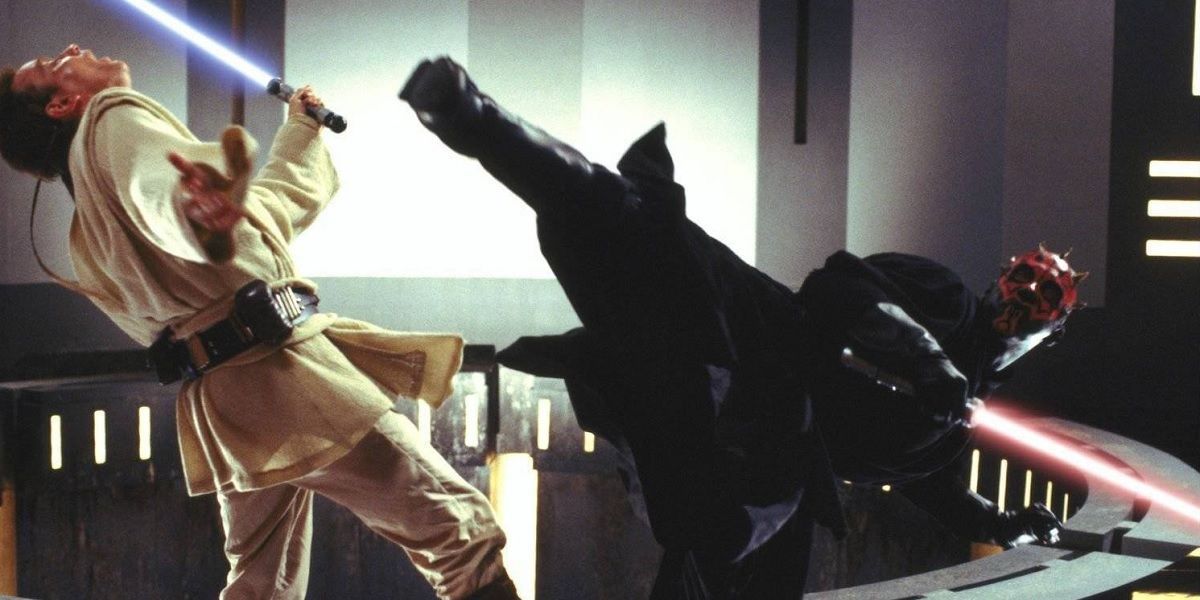
His impressive record against Sith would be impressive enough all on its own, but one fact in particular makes Obi-Wan a truly one of a kind Jedi fighter.
As it turns out, Obi-Wan was the first Jedi to defeat a Sith in combat in a thousand years.
Prior to his defeat of Darth Maul, the Sith and Jedi had not come into contact with one another for a thousand years, despite their factions only existing in opposition of one another. Somehow, the sides had avoided one another for all that time, never resulting in any sort of sizable conflict.
However, it was Kenobi’s defeat of Maul, following Maul’s dispatching of Qui-Gonn Jinn, that led the two orders to come back into conflict once again.
14 He was skilled in the use of telekinesis
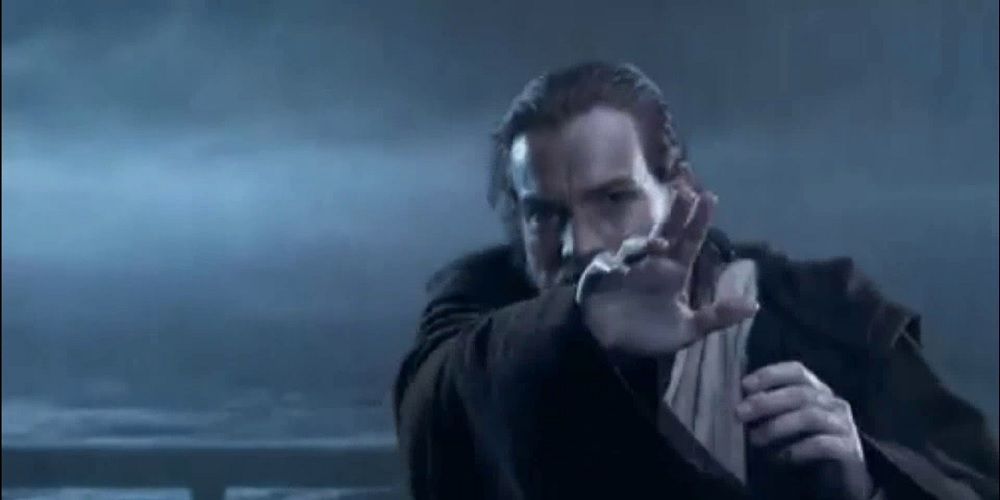
The uses of the Force seem to be endless, in some ways, given how many new uses for them the franchise has come up with over the years, especially in works of the Expanded Universe.
Obi-Wan certainly possesses many forms of skill in his use of the Force, but one of the most useful and well-rounded of these abilities was his command of telekinesis.
Through telekinesis, Kenobi was able to pull, push, levitate, or crush objects at will.
He was able to retrieve his lightsaber from a distance with a Force pull, or crush droids that stood in his way during combat. The uses of this particular skill truly seem to be endless, and based on how often Kenobi relied upon it, we can’t exactly blame him.
13 Qui-Gon taught him how to become a Force ghost
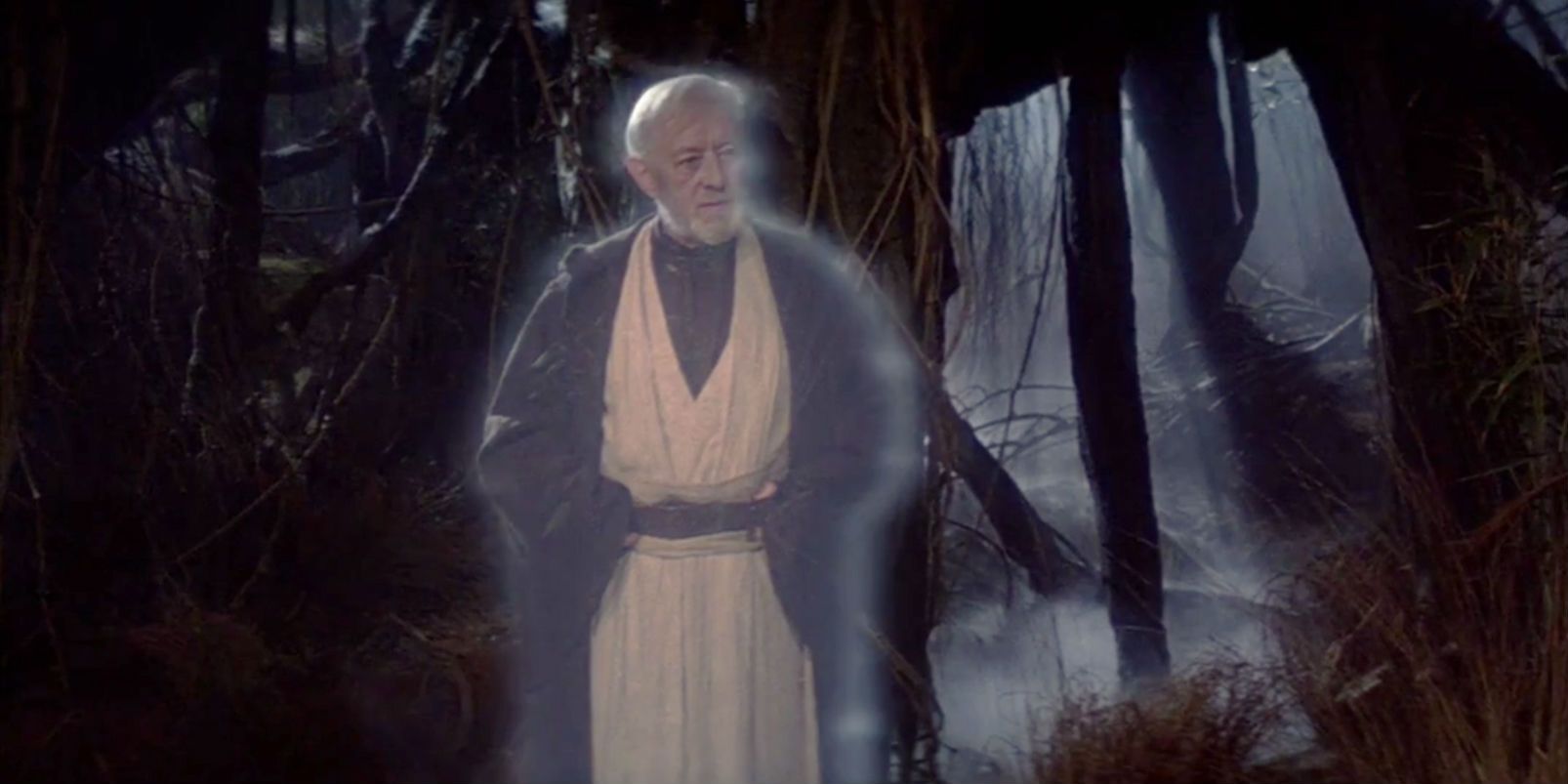
It’s become pretty common to think of Jedi as having the ability to become one with the Force, then return later as Force ghosts.
When Obi-Wan and Yoda do so in the original trilogy, they’re allowed to return in that form, with Yoda even making a surprise appearance in The Last Jedi as an apparition of the Force.
Now that Luke Skywalker has become one with the Force, too, it stands to reason that he will appear in the same form in the forthcoming Episode IX.
However, as it turns out, this skill isn’t a guarantee, but rather one that has to be learned. Obi-Wan himself learned this skill from his late mentor, Qui-Gon Jinn, once Yoda had cleared the way for mentor and student to commune through the Force following Revenge of the Sith.
12 Whenever possible, he would use mind tricks to avoid confrontation
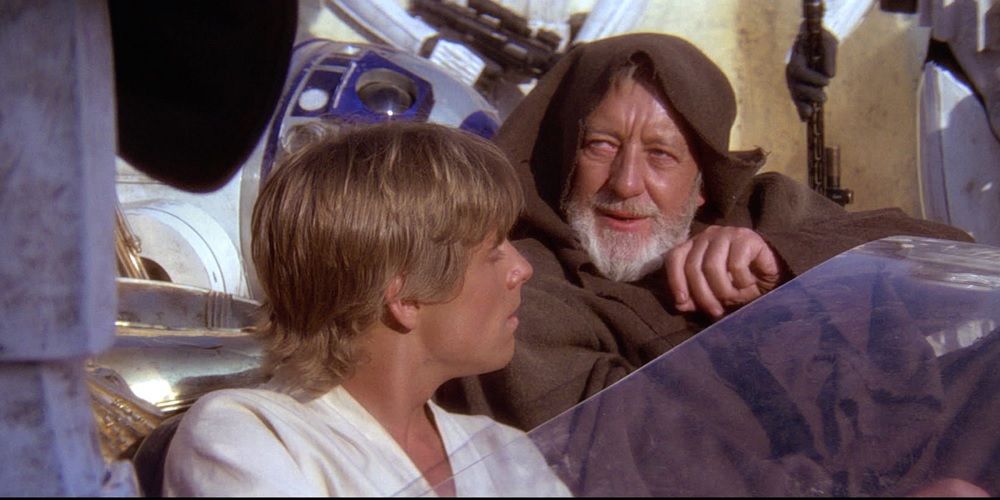
As should be apparent by now, Obi-Wan Kenobi wasn’t exactly a fan of engaging in physical altercations, and would do whatever he could to avoid them whenever possible.
One of the tricks that he was able to use most to avoid any sort of argument was the ability of Jedi mind tricks.
With a target audience of the weak minded and weak willed, Jedi mind tricks allow a Force user to override the will of the individual in question, reprogramming their acts and thoughts and even their speech so that they do whatever the Force user commands.
Kenobi tapped into these skills in both the original and prequel trilogies, showing that this is a skill that he only continued to hone with age.
11 Kenobi believed in using violence only strategically
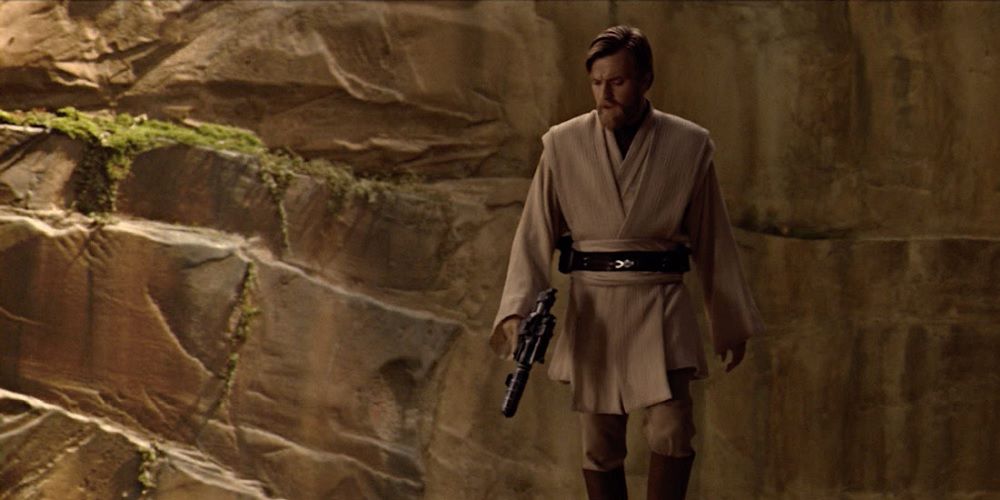
As much as Kenobi loathed the thought of engaging in violence of any form, it was, of course, inevitable that Obi-Wan would have to become violent on certain occasions, when the combat at hand called for it.
Obi-Wan believed in only using violence strategically, and only when absolutely necessary. He especially hated using blasters, but he also knew how to use them when the moment called for it.
One case when he had to use them, despite his own personal feelings on the matter, was his confrontation with the treacherous General Grievous in Revenge of the Sith. After dispatching of the monstrous Sith, he even went so far as to comment, “So uncivilized” as he threw the blaster away in disgust.
10 He proved himself to be skilled in hand to hand combat as well
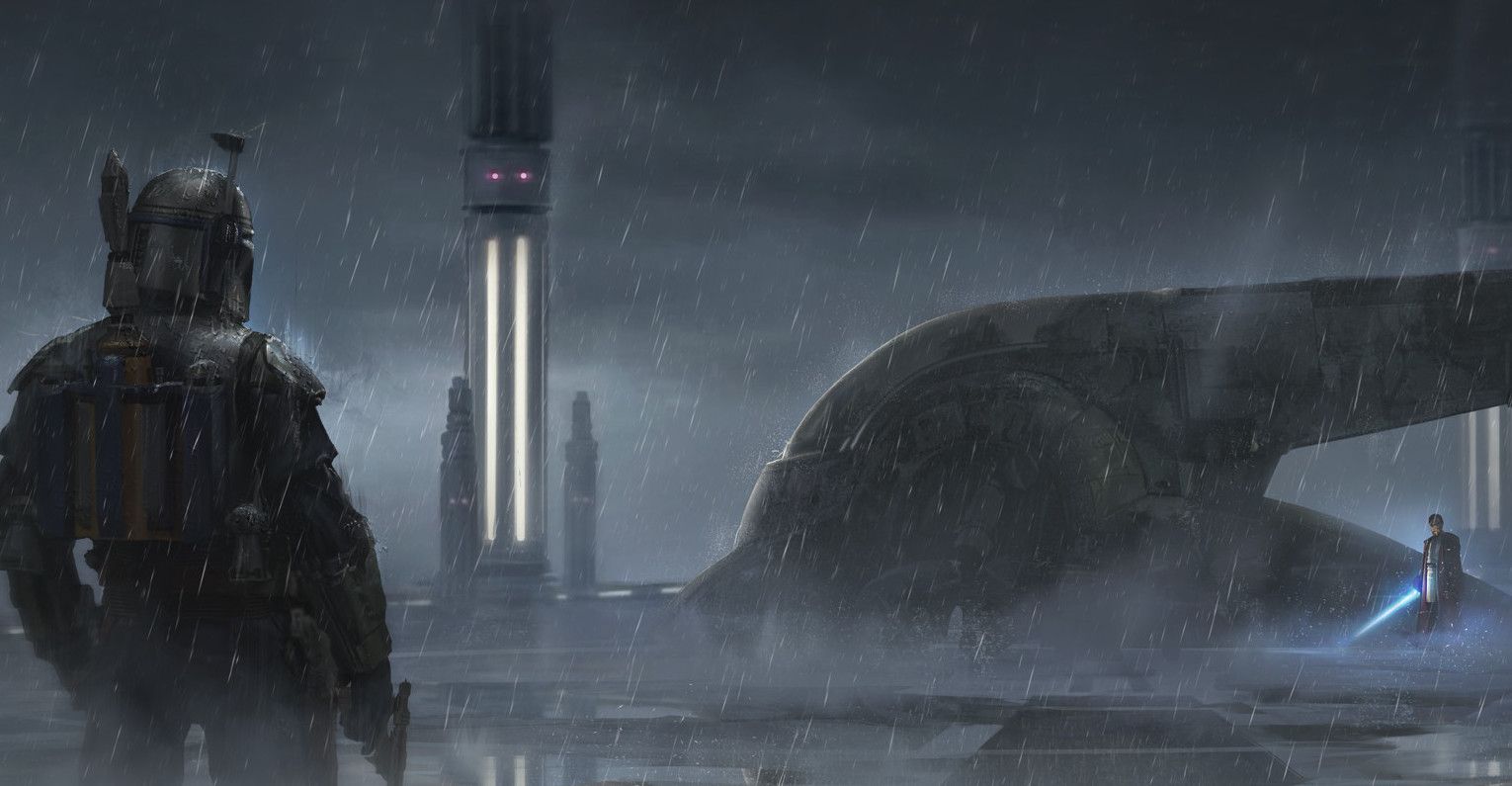
Blasters weren’t the only weapon that Obi-Wan proved himself to be proficient in, despite his own feelings about them.
As it turns out, Kenobi was quite skilled at hand to hand combat as well, apparent on multiple occasions, but no more clearly than in two particular duels.
In Attack of the Clones, Obi-Wan takes part in a particularly ugly fight with the Mandalorian Jango Fett in the rain.
While he does use his lightsaber during this duel, he soon finds that he has to have his wits about him much more readily, resulting in the use of fists and kicks.
During his fateful duel with Anakin in Revenge of the Sith, things take a on a much more physical component as the two frequently grab at each other, with Anakin even wrestling his mentor down toward the ground with his hand around his throat.
9 Rather than physically fight his former student, however, he chose to sacrifice himself
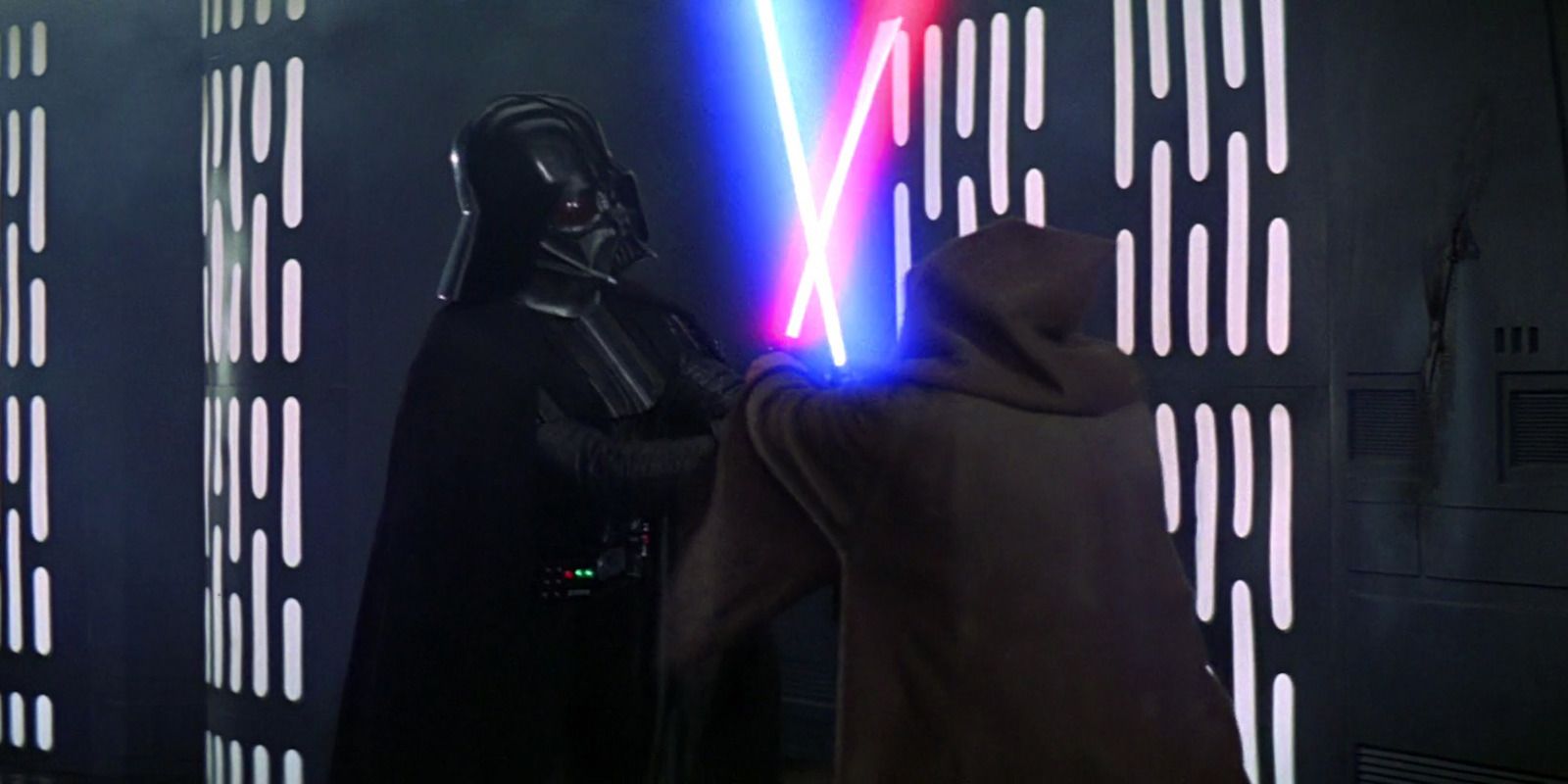
As physical as his duel with the newly minted Darth Vader may have been in Revenge of the Sith, Obi-Wan’s feelings regarding physical confrontation with his onetime student appear to have markedly changed by the time the two meet again in the original Star Wars movie.
The duel between Darth Vader and Old Ben Kenobi is one of the most iconic moments in the original film, which is now known as A New Hope.
However, it’s perhaps most renowned for the moment when Obi-Wan lays his lightsaber aside from the conflict and sacrifices himself at Vader’s hand.
It’s a perfect example of how pacifistic the Jedi Order is meant to be, and a perfect representation of Kenobi’s unwillingness to engage even the most fearsome of foes in a more violent conflict.
8 Obi-Wan was a skilled pilot, despite his hatred of flying
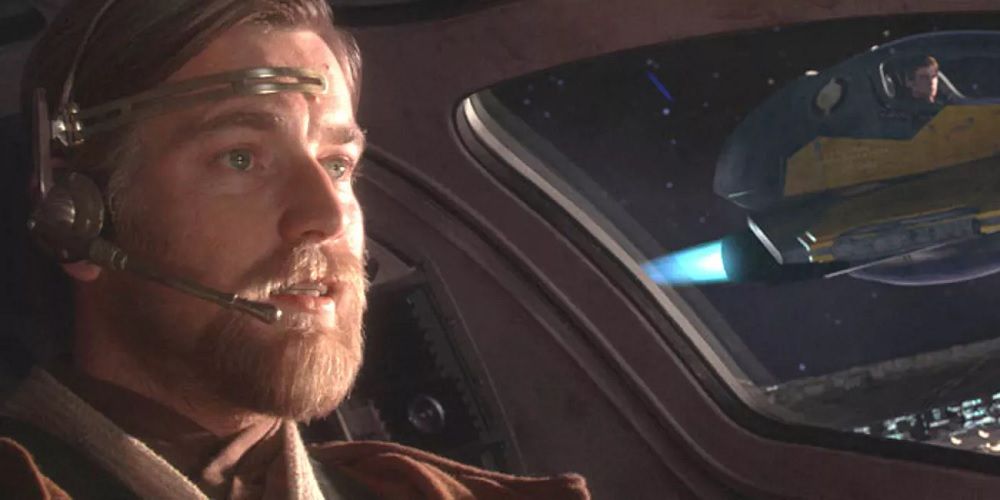
Honestly, you’d be hard pressed to find a character in the Star Wars universe who hasn’t shown themselves to be a gifted pilot when the time calls for the urgent need for a pilot.
However, you’d also be hard pressed to find a character who hated the idea of flying more than Obi-Wan Kenobi.
Kenobi made it clear that he has always believed that “flying is for droids,” but as we can see in Revenge of the Sith especially, he is quite a gifted fighter pilot.
While he wasn’t akin to Anakin’s strengths of flight by any measure, Obi-Wan was more than able to hold his own in the air conflict that opened the movie.
7 He once nearly let his heart win over his commitment to the Jedi
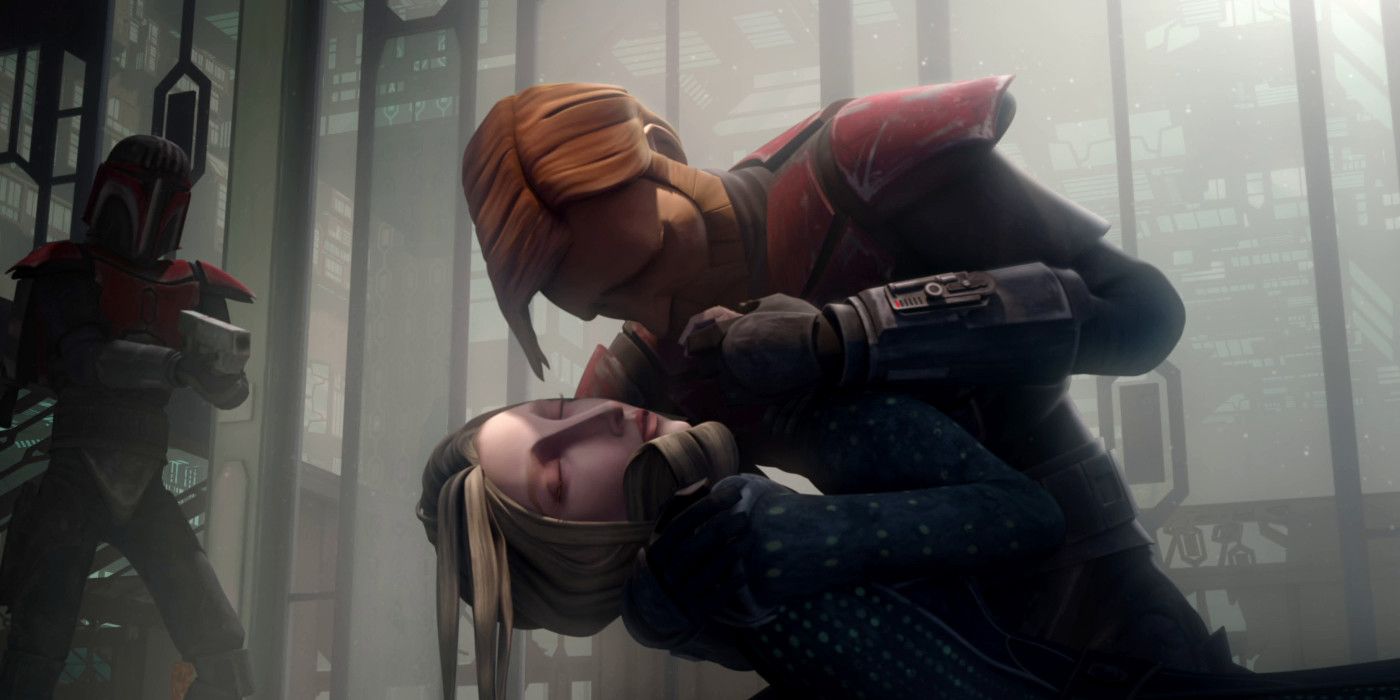
One of the key conflicts at the heart of the prequel trilogy is Anakin’s struggle between the allure of his love for Padmé and his loyalty to the restrictive Jedi Order that he feels doesn’t allow him to be as strong, as respected as he feels he should be.
The Jedi Order forces its members to resist all forms of love and temptation, and so Anakin finds himself at odds with all that they represent.
However, as it turns out, it wasn’t only Anakin who was tempted by what the Jedi Order forbade.
Obi-Wan was tempted to leave the Jedi himself when he fell in love with Satine Kryze, a beautiful and brilliant Mandalorian duchess whom he worked with – and lost – during the Clone Wars.
6 He may have lived a life of total sobriety
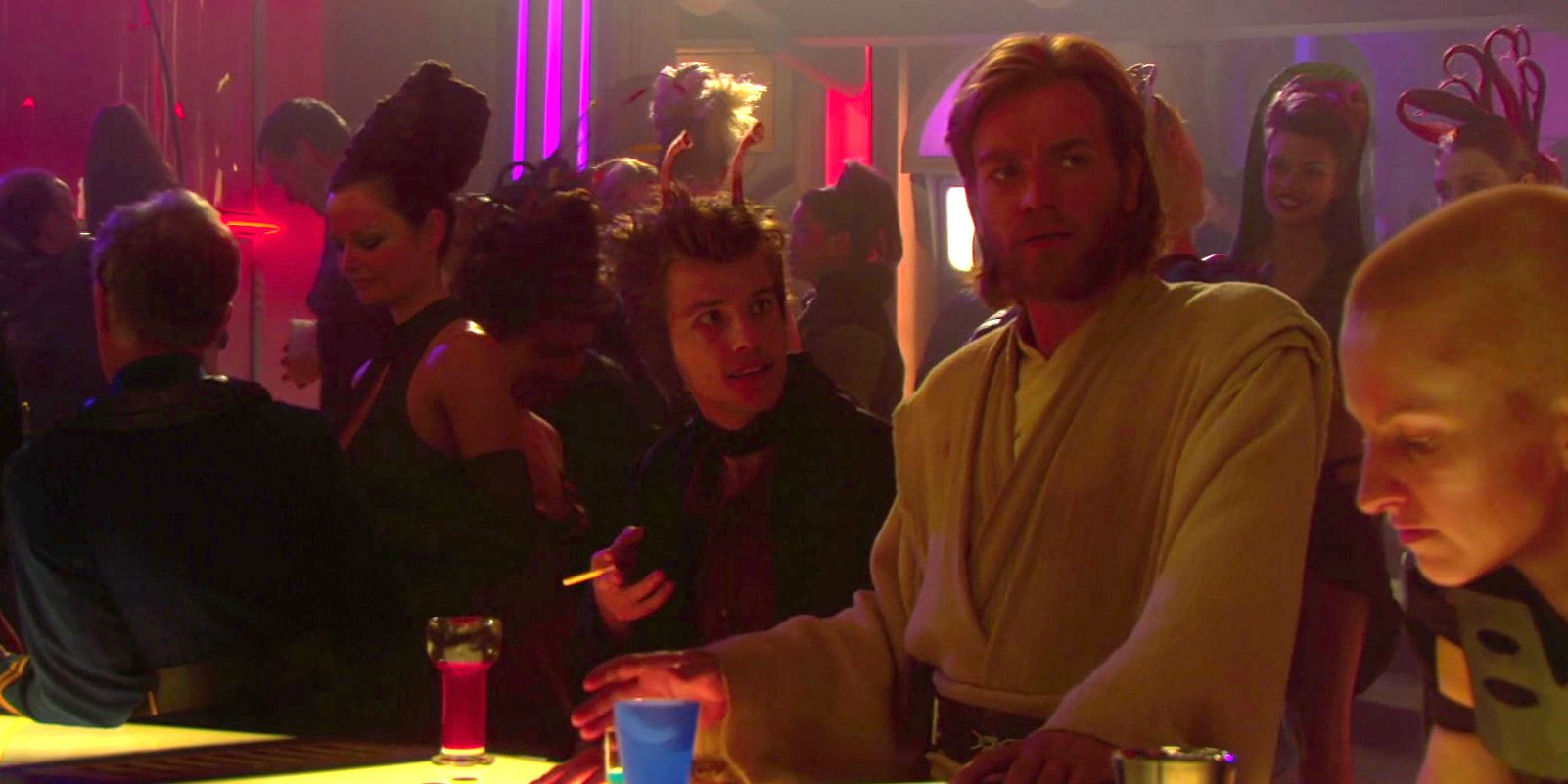
As the Jedi were expected to renounce physical pleasures in all their forms, it wouldn’t be surprising to learn that it’s entirely likely that Obi-Wan lived a life of total sobriety.
In one of the most bizarre little moments in Attack of the Clones, Obi-Wan is approached in a club by the wonderfully named Elan Sel'Sabagno (or, in some places, Elan Sleazebaggano) and offered the opportunity to buy some Death Sticks.
Death Sticks, as it turns out, are a form of a hallucinogenic substance in the Star Wars universe.
So when Obi-Wan mind tricks the annoying dealer to go away and rethink his life elsewhere, it’s possible that this wasn’t done only out of Kenobi’s unwillingness to deal with anyone at the moment, but also his staunch refusal to indulge in anything substance or alcohol related.
Kenobi might have never consumed any substances or alcohol.
5 He was a true master of the Force push
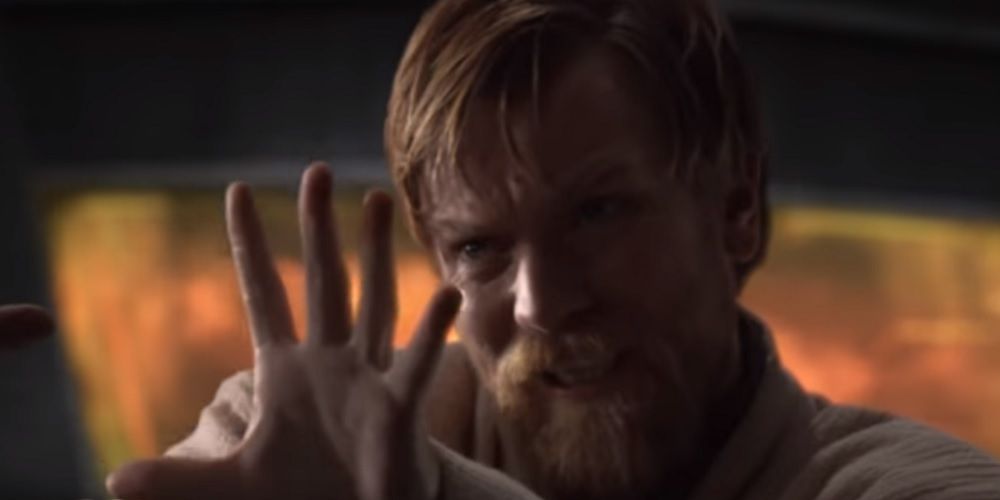
As one of the many forms of Force based telekinesis that he was proficient in, Obi-Wan stood as one of the strongest masters of the Force push. It was a move that he referred to often during his most heated fights, utilizing it in The Phantom Menace, Attack of the Clones, and Revenge of the Sith on multiple occasions.
Perhaps the most notable of these moments, especially for its remarkable difference, is the moment in Revenge of the Sith when Obi-Wan and Anakin both try to Force push opposite one another.
For a brief, surprising moment, the two appear totally in balance with one another, master and student just as powerful as each other, totally in harmony no matter the war they’re currently waging against each other.
4 Ewan McGregor's stunt double has some famous connections
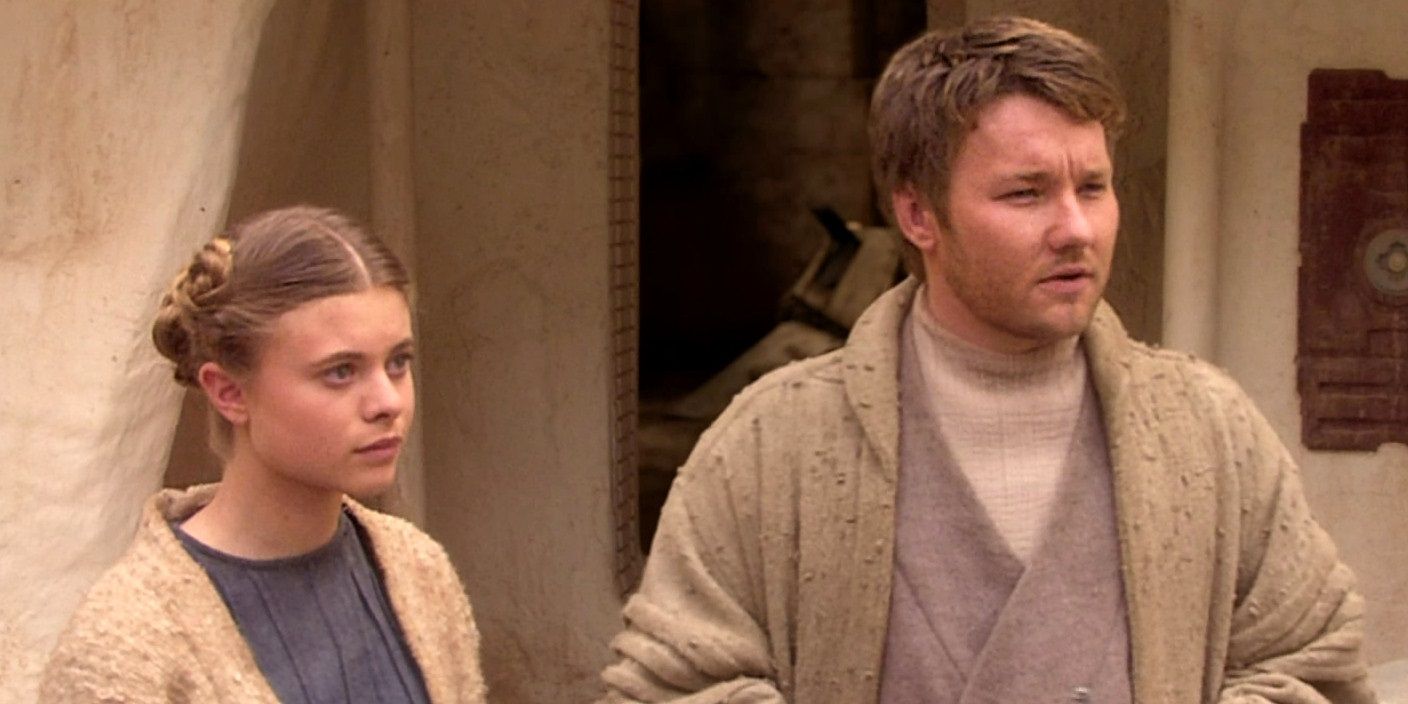
It’s rare that stunt actors get the credit that they deserve, especially in the world of movies that are as action-packed as the Star Wars prequels.
Obi-Wan in particular has plenty of action-heavy scenes and duels in each of the three movies in that trilogy.
As it turns out, his stunt double has a bigger connection to both the Star Wars franchise and Hollywood as a whole than most would imagine.
Nash Edgerton served as Ewan McGregor’s stunt double in the prequel movie – and his brother, Joel Edgerton, has now become a household name in Hollywood.
Prior to that, however, Joel Edgerton appeared in the prequels as the young version of Uncle Owen Lars.
3 Ewan McGregor and Hayden Christensen trained for two months for the Obi-Wan vs. Anakin duel
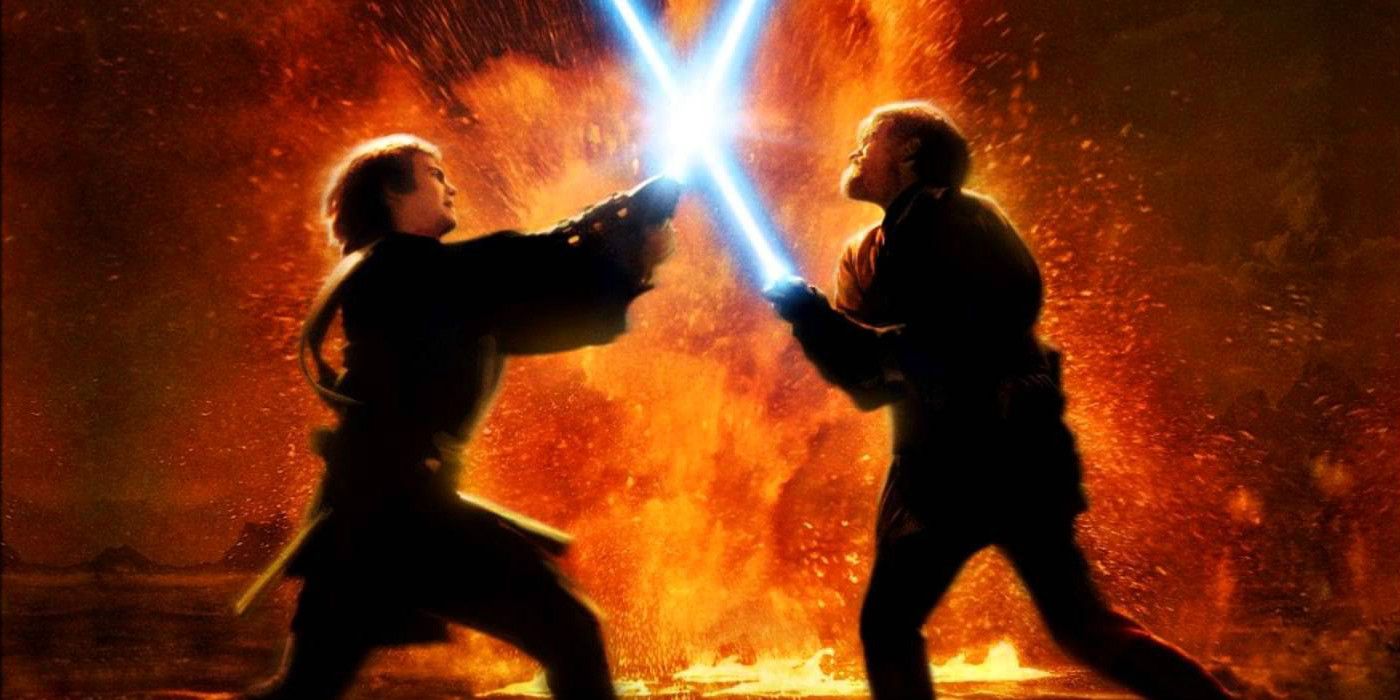
For all the work that the stunt doubles should rightly receive credit for, however, the actors themselves are responsible for quite a lot of the work, too – especially when combat scenes require plenty of forward-facing shots involving the actors’ faces.
Look no further than the heated duel between master and fallen apprentice, Obi-Wan and Anakin, in Revenge of the Sith.
The epic, all out battle on Mustafar is one of the most memorable moments in the entire saga, with some of the most lasting consequences as well.
It comes as no surprise, therefore, that Ewan McGregor and Hayden Christensen trained together for two entire months, mastering the necessary moves that the intense battle required both actors to do – and all at the high speed rate used in the movie, as well.
2 Obi-Wan is fluent in many languages, including Twi'leki and Shyriiwook
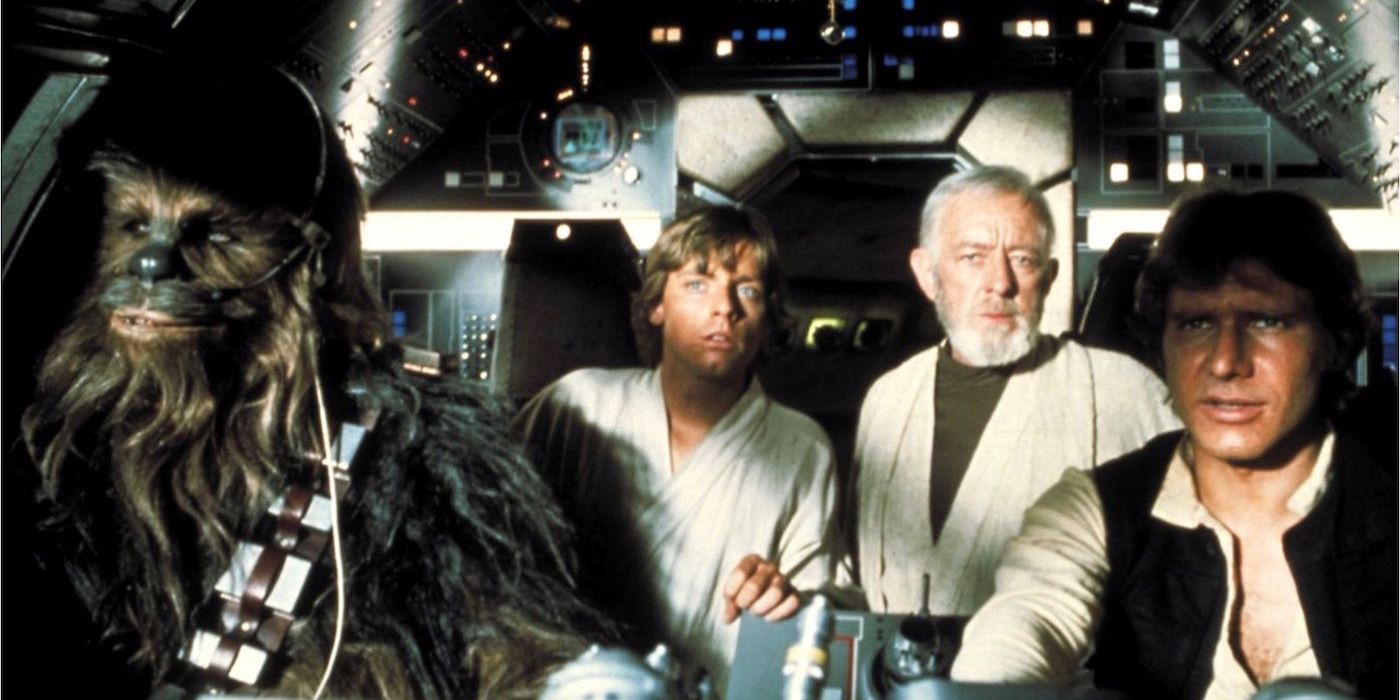
Given the sky high number of species and languages that exist within the universe of Star Wars, it’s essentially impossible to function in that world without knowing more than one language. Obi-Wan is no exception to this rule.
While his primary spoken language is the standard Galactic Basic, corresponding in the written form with Aurebesh, Kenobi also came to know and learn other languages in full proficiency.
Among these languages were Twi’leki, Shyriiwook (which surely came in handy when interacting with Chewbacca), and the Amani language.
While none of the movies showed him using any of these languages, the works of the Expanded Universe do – including those that are now considered canon, following the Lucasfilm and Disney merger.
1 Due to casting, Obi-Wan appears to have physically aged 30 years in 19 years
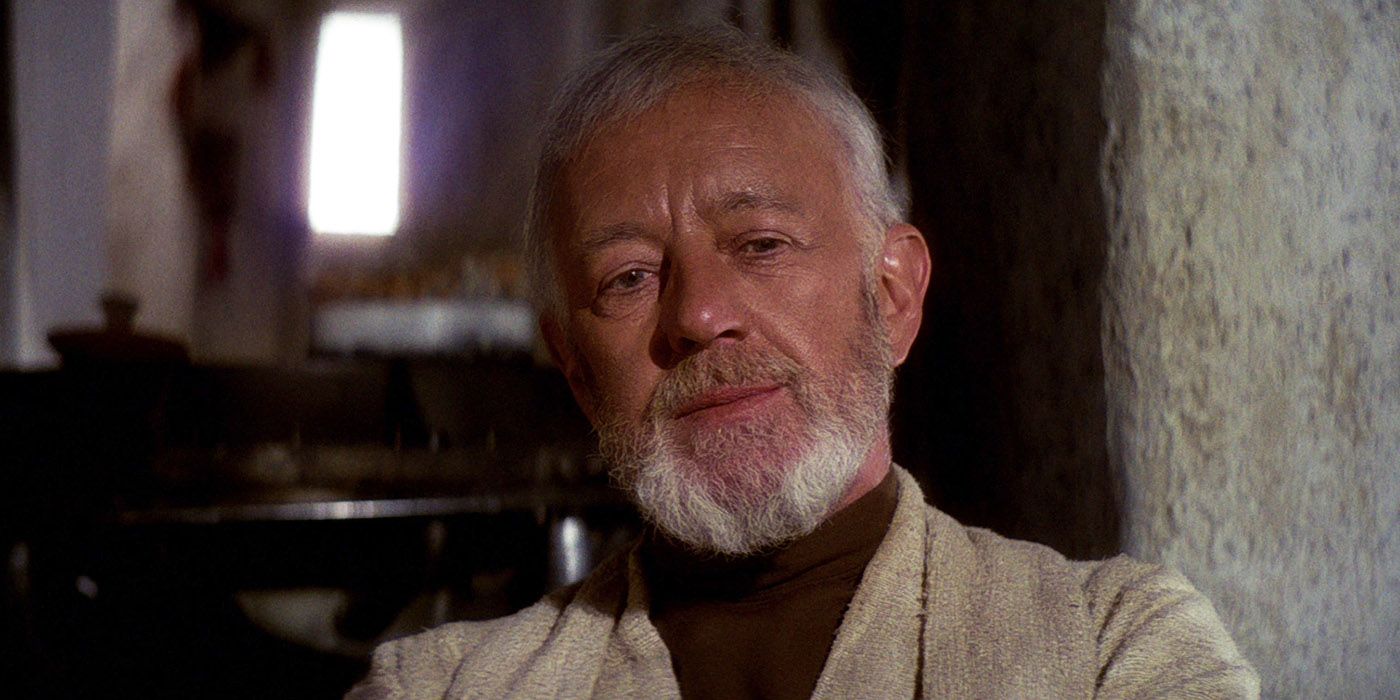
Sometimes, decisions in the behind the scenes casting process lead to errors in continuity that are just plain fun, if a little befuddling.
When Star Wars: A New Hope was released in 1977, Sir Alec Guinness was 63 years old, which means that he would have been 61-62 during the production of the film. Similarly, when Revenge of the Sith hit theatres in 2005, Ewan McGregor was 34, and therefore 32-33 during the film’s production period.
Clearly, there is roughly 30 years difference between the ages of these two men who played this same character.
However, according to the narrative, merely 19 years of real time passed between 34-year-old McGregor’s Obi-Wan performance and 63-year-old Guinness’ turn as Old Ben Kenobi, despite the 30 years of difference in their physical appearance.
---
What's your favorite fact about Obi-Wan's body and its many skills in Star Wars? Let us know in the comments!
from ScreenRant - Feed https://ift.tt/2Qar1zt

0 comments:
Post a Comment